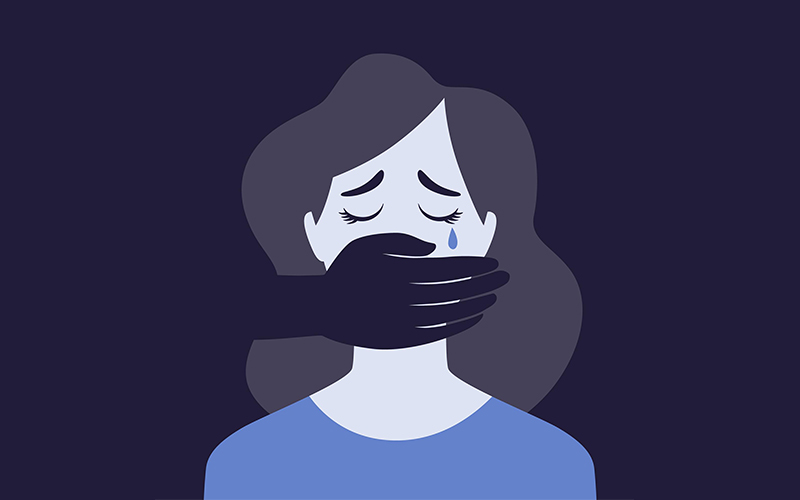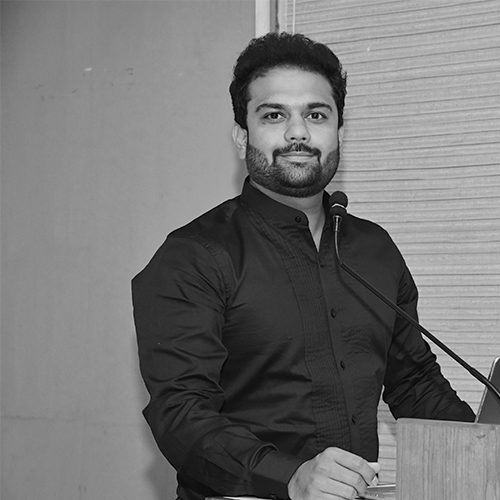Symbolic Violence: Understanding the Dynamics Behind It
Have you ever wondered how the power dynamics in society works? One part of understanding this is a fascinating concept called symbolic violence. Symbolic violence refers to the subtle, often invisible ways in which the above mentioned power dynamics are reproduced in society through symbols, language, and social institutions. As a term, it was coined by French sociologist Pierre Bourdieu back in the 1970s as part of his larger theory of social reproduction, which investigates how social structures and unfairness persist throughout generations. By now you must have gotten the basic idea of how even when not resulting in direct physical harm, it is still extremely damaging as it reinforces the unjustness and marginalizing of particular communities.
Bourdieu came to the conclusion that symbolic violence operates by imposing prevailing cultural norms and ideals, which are frequently taken for granted as natural or universal as they are accepted as legitimate by both the dominant and dominated groups in society.
These norms often reflect and reinforce the values, beliefs, and behaviors of dominant groups, creating a system where the experiences and perspectives of minorities are marginalized or de- legitimized. This process is often internalized by individuals, leading them to reproduce and perpetuate these symbolic structures without explicit coercion.
From a psychological perspective, symbolic violence can be understood through various theories and concepts.
One key aspect is the role of socialization, where we learn and absorb the rules and behaviors that are considered normal in our society. We pick these up from our families, friends, what we see in the media, and the places where we learn, like schools. This learning happens so naturally that we often don't even realize it. It shapes how we see ourselves and others, influencing our thoughts and actions without us even knowing it.
Another important concept is the formation of identity. Identity is about who we think we are and how we fit into the world. Symbolic violence can affect how we see ourselves and others. For instance, if a group of people is always shown in a bad or stereotypical way, they might start to believe those bad things about themselves. This can make them feel less important or confident.
Additionally, the concept of cognitive dissonance can help explain how symbolic violence is maintained. Cognitive dissonance is when you feel uncomfortable because you have two conflicting thoughts or beliefs. For example, if you think all people should be treated fairly, but you also believe something that goes against that, like a stereotype, it creates a feeling of discomfort. To resolve this discomfort, you might either reject the new information that challenges your beliefs or change your beliefs to fit the new information. In the context of symbolic violence, this can mean people continue to believe stereotypes even when there is evidence that shows they are not true.
Overall, the psychology behind symbolic violence highlights the complex interconnection between individual perceptions, societal norms, and power dynamics.
Imagine a big puzzle where all these pieces fit together to create how we see the world and ourselves. For instance, think about how in movies or TV shows, certain groups of people are often shown in the same way, like always being the bad guys or always being the ones who need help. This can make people believe that everyone in that group is like that, which isn't true. These ideas can stick in our minds and affect how we treat others, even if we don't realize it.
Understanding this helps us observe and identify how unfair ideas and stereotypes can spread and how they can be harmful. However, to make some real change, we need to recognize how deeply it is rooted in our daily routine, and society’s way of functioning.








